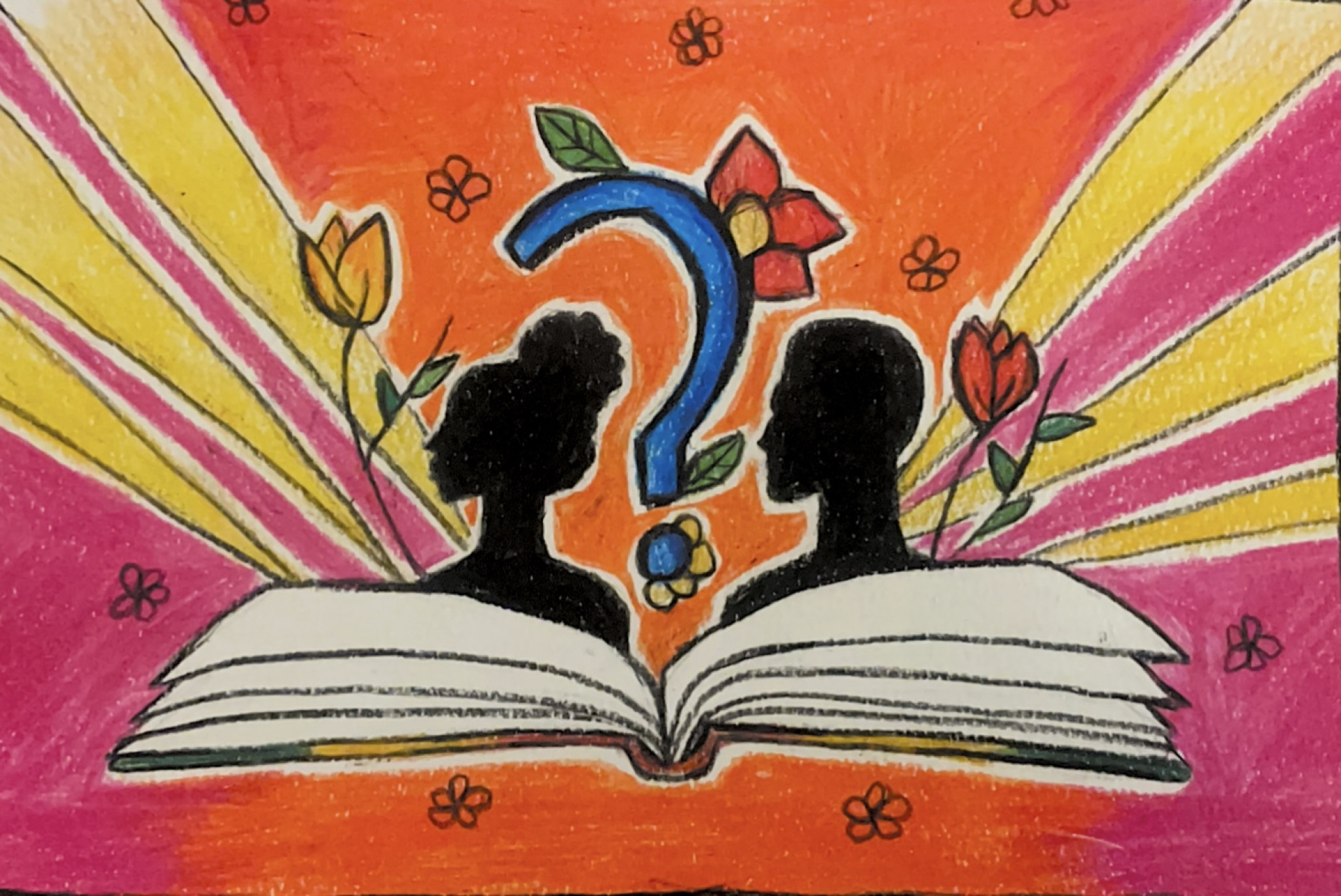Most people have heard about Martin Luther King Jr., Rosa Parks, or Harriet Tubman — famous figures in Black history — but few know about William Wells Brown, the first African American author to publish a book, or the intense events of “Freedom Summer,” when over 60 churches and homes were destroyed, four civil rights workers were killed, and over 1,000 people were arrested in Mississippi while trying to register Black voters. This gap highlights how schools often focus on well-known African American figures and events, missing the chance to offer a more nuanced history. Focusing exclusively on famous figures limits the depth of students’ understanding.
Stories of lesser-known figures provide greater nuance and complexity. Consider Claudette Colvin, the 15-year-old who refused to give up her seat on a bus in Montgomery months before Parks’ more famous protest. Colvin’s bravery, as a young, pregnant Black teenager, offers a protagonist that younger people can empathize with. Teaching about Ida B. Wells, a pioneering journalist, or Bayard Rustin, the openly gay man who helped organize the March on Washington, would give students a fuller understanding of the diversity within the Black experience. These figures weren’t just fighting for racial equality — they were also advocating for gender equality and LGBTQIA+ rights.
Many lesser-known figures also left behind vital lessons that remain relevant today. For example, the Black Panther Party, often remembered for its militant image, was also responsible for groundbreaking community programs such as free breakfast for children, health clinics, and educational initiatives. Berkeley High School was significantly inspired by the Black Panther Party, implementing its free lunch program, Black Student Union, and African American (AFAM) Studies Department in response to the party's policies. These changes illustrate how activism can take many forms — not just grand protests but grassroots efforts.
A shift in teaching would present Black history as an ongoing, evolving story. At BHS, students need to learn about local activists, both current and historical. If BHS teachers focused on events like the 1965 Free Speech Movement, students would be able to connect more to what is being taught since it feels closer to home. Such a focus teaches students that social change doesn’t always happen through high-profile moments. Often, change happens in less-celebrated ways. History is often made by people who may not be celebrated in mainstream narratives, but whose actions are no less important.
In the end, Black History Month should be more than just a celebration of famous faces. It should offer a more complete picture of a history that continues to inspire. By shifting the focus to lesser-known people and events, schools can provide an empowering, inclusive version of Black history that resonates with all students.





